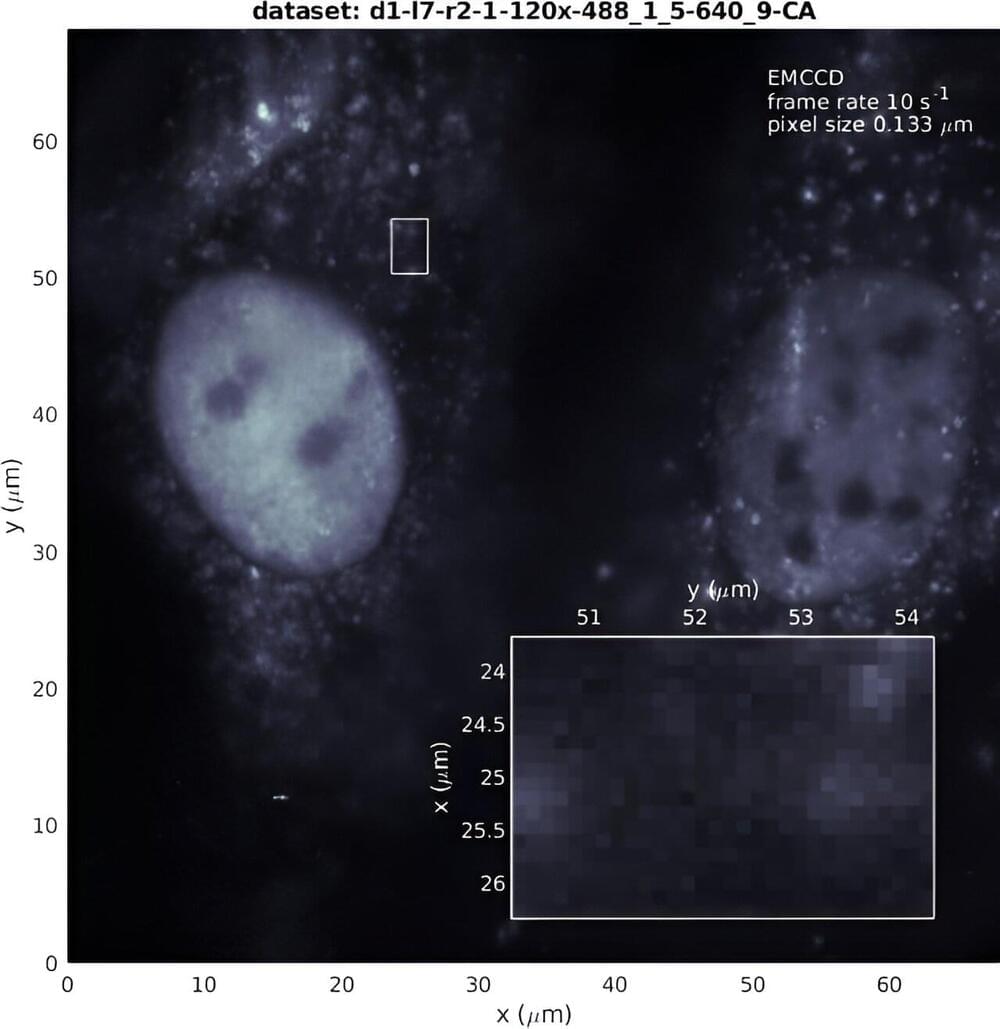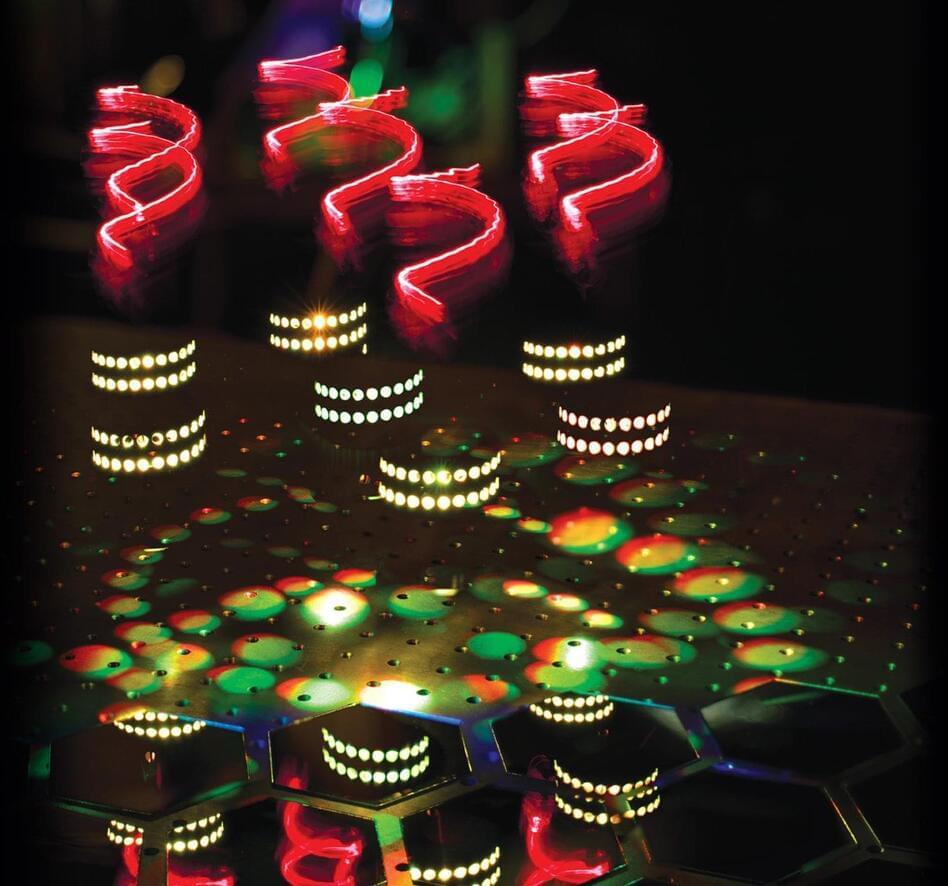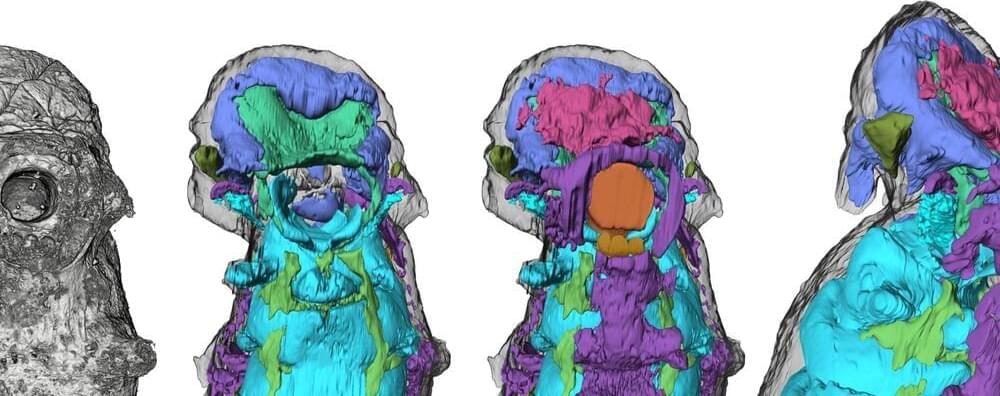Aug 2, 2024
Scientists discuss why we might not spot solar panel technosignatures
Posted by Saúl Morales Rodriguéz in categories: alien life, solar power, sustainability
One of NASA’s key priorities is understanding the potential for life elsewhere in the universe. NASA has not found any credible evidence of extraterrestrial life—but NASA is exploring the solar system and beyond to help us answer fundamental questions, including whether we are alone in the universe.

















